What do new window blinds cost?
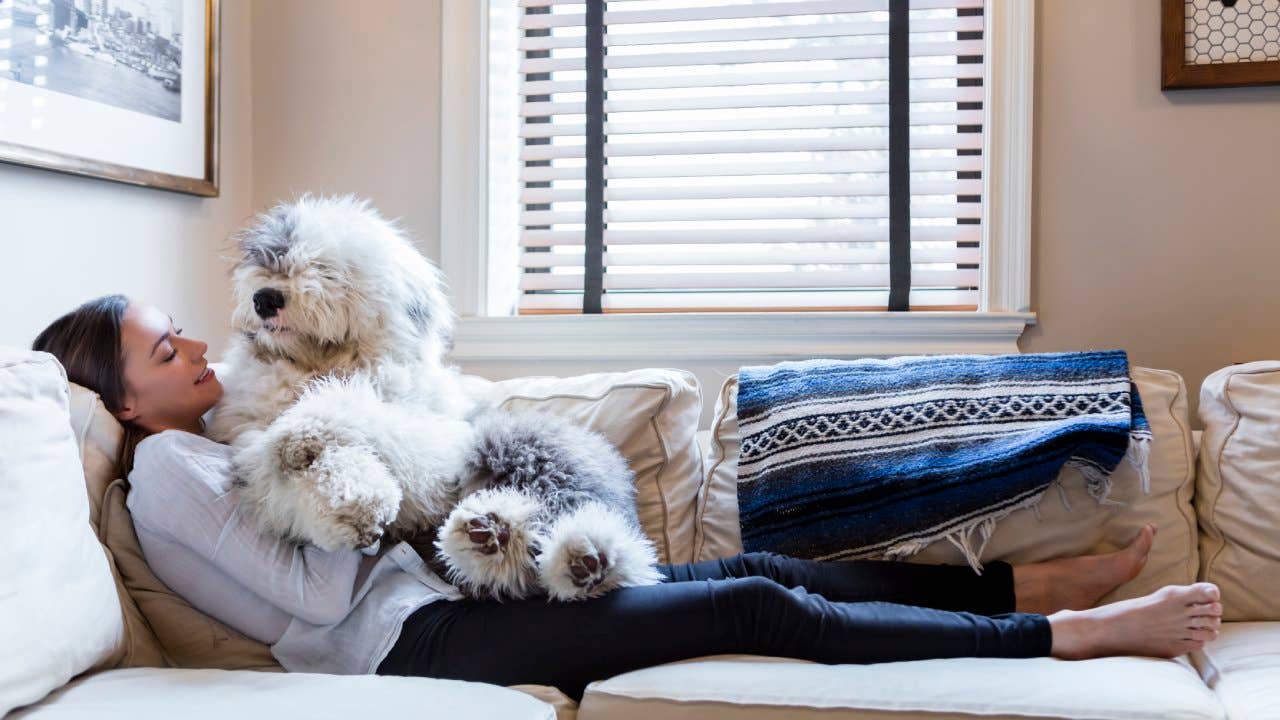
Window blinds are a hardworking, versatile piece of home decor. They provide any room with privacy and shade. They can alter its appearance. They can even help you save money. “Diffusing light without significant heat or glare, blinds are a sleek solution that reduces heating and cooling energy loss by up to 40 percent when completely lowered,” says John Weinstock, executive vice president of marketing at Graber, which sells custom window treatments.
The national cost of new blinds (both the blinds themselves and installation) averages $700-771 for eight windows (a “full house” job); $200 to $1,330 is a typical range. But of course, you can spend less or (a lot) more, depending on the style, material, degree of customization and tech features. So, to prevent you from going into this project blind, here’s a guide to what impacts the cost of window blinds.
| Sources: Fixr, Angi | |
| National average | $735 |
|---|---|
| Average range | $200-$1,300 |
| Low-end | $160 |
| High-end | $6,000 |
What influences the cost of blinds?
A variety of factors influence the overall cost of window blinds.
Installation
On average, blinds cost $15 to $50 per window just to install (or $120 to $400 in our “full house example” above). Often, the more blinds you have installed at one time, the lower the cost per window, according to Angi, the contractor search site.
There are several factors that may impact the cost of installation. For example, putting in motorized blinds will probably require a professional. In contrast, simple, manual blinds, like vinyl or wood-slatted ones, can usually be hung without expert help, requiring only brackets and screws. Because these blinds usually snap on, they are good for amateurs to do — or a regular handyman, for around $10 to $25 each.
“The decision to install your own blinds hinges on your DIY proficiency and the complexity of the blinds in question,” advises Artem Kropovinsky, an expert interior designer and founder of Arsight, a New York City-based interior design studio. “If you’re confident in your DIY abilities and the blinds you’ve chosen are reasonably simple, you might be capable of installing them on your own. On the opposite side, if DIY isn’t your forte or if the blinds are intricate, it’s advisable to look for a professional’s help.”
Some pros charge by the hour, but most charge per window; sometimes there’s a flat rate for a full house. A company that sells window treatments might include installation as part of a package. Along with window size and number, location also matters. Prices in the kitchen are $60-$100 per window, for example; in the living room, they’ll increase to $90- $175.
Custom vs pre-made
When you get into the blinds themselves, the first key question is: customized or ready-made? The former — like anything else made to order, uniquely for you — will cost more, at least double a comparable prefab counterpart. Custom blinds generally start around $50 per window; ready-made ones can be as low as $11. If they’re an unusual shape or size, customized blinds might be more labor-intensive (read: expensive) to install, as well. But if you have non-standard, out-of-the-ordinary windows — if you live in a historic home, for example — they may be your only choice (see “Size and type,” below).
Size and type
Window size does matter. Ranging from 24” x 36” to 60” x 72”, most contemporary windows come in standard dimensions, and so do blinds to fit them.
Not surprisingly, the larger you go, the bigger the budgetary bite, since more material is involved: from $30-$45 for the smallest standard window to $90-$120 for the largest. That’s for prefab blinds; customized versions will run at least double.
And if you want to add high-tech options that’ll up the price. With motorized blinds, which operate on electricity or batteries and are controlled by a remote, you need a motor for every window. You’ll spend between $150-$300 on each motor, and $400-600 for the blinds overall.
The latest thing are smart blinds, which have WiFi connectivity — meaning, you can operate them from a phone or tablet, or program them to adjust automatically. These will run you $300-500 per blind.
Material
In the beginning, blinds were made of wood. While that’s still the classic (prized for its sturdiness), modern blinds can be made of many different materials.
| Material | Costs per window (premade) | Costs per window (custom) |
|---|---|---|
| Source: Fixr | ||
| Vinyl | $11-$120 | $20-$250 |
| Plastic | $20-$50 | $30-$100 |
| Synthetic | $25-$50 | $40-$90 |
| Aluminum | $25-$75 | $50-$125 |
| Bamboo | $30-$75 | $60-$150 |
| Fake wood | $30-$125 | $75-$200 |
| Wood | $30-$225 | $60-$300 |
| Leather | $75-$100 | $150-$300 |
| Fabric | $50-$100 | $100-$200 |
What are the different styles of blinds?
Shopping for blinds will open up a new world of possibilities, as many styles abound. Here are some of the more popular options and what their costs are (courtesy of Fixr):
Venetian blinds
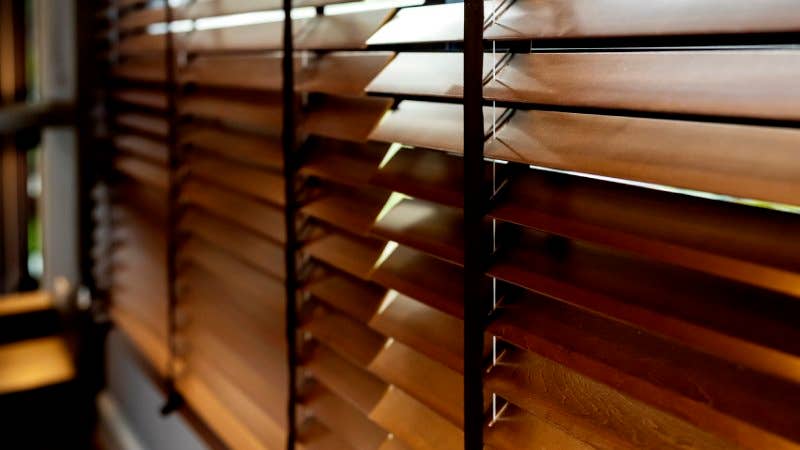
Also known as Persian or slat blinds, these are the most common types of blinds, featuring the familiar flat horizontal slats that can be tilted at angles to let in more light. The entire body of the blinds can be lifted up as well. Venetian blinds can run $11 to $215 per window, with custom projects running in the $50-to-$350 range.
Roller blinds
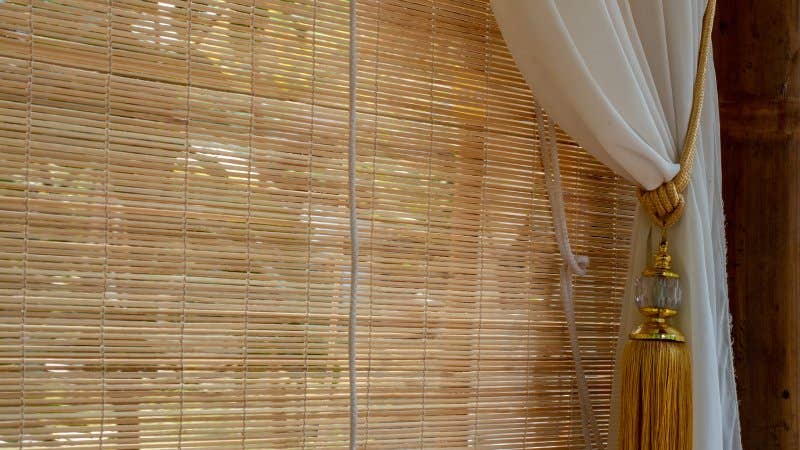
Well-suited to bedrooms and home offices, roller blinds most closely resemble standard window shades. They usually don’t have slats, instead featuring a solid sheet of material made to lay flat, like woven bamboo or fabric. Slightly cheaper than other blinds, premade roller blinds will run you $10 to $140 per window. Custom options can go as high as $300.
Vertical blinds
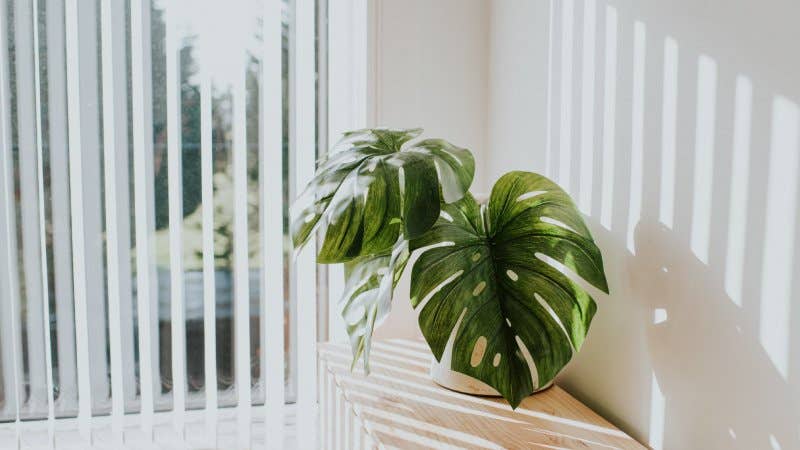
Vertical blinds have large vertical slats that reach from the floor to the top of the window (or sometimes even a door). The slats can be tilted like horizontal slat blinds, or pulled back entirely, like curtains. These suit more dramatic or large spaces, especially those leading to a terrace or patio. Premade models start from $50, while custom ones go from $100 to $300.
Roman blinds
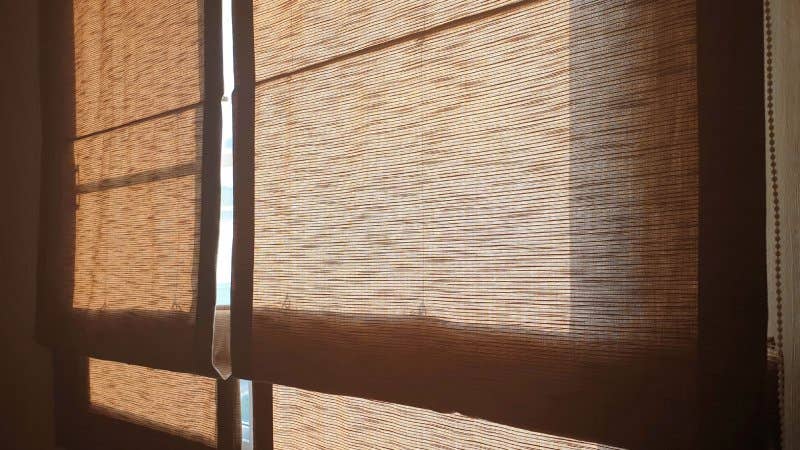
These blinds (highly similar to shades) feature one solid piece of material, which pleats when raised, creating a clean but softening effect. Premade Roman blinds range from $50 to $130. Custom jobs fall between $100 to $350.
Solar blinds
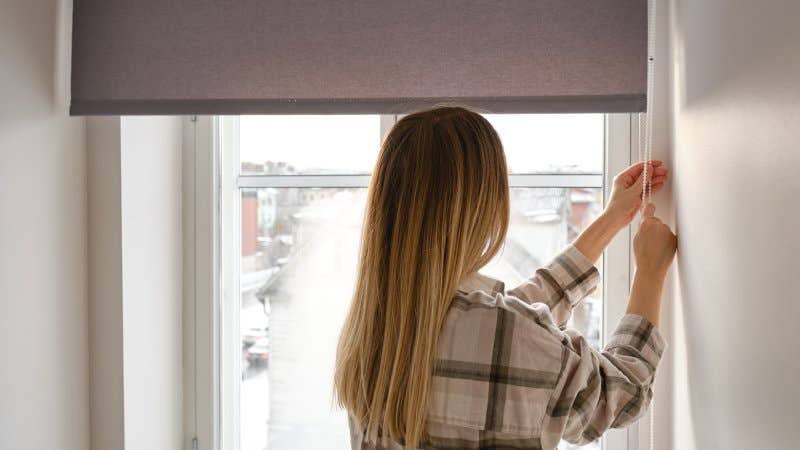
Solar blinds are made of a material that blocks UV rays and absorbs heat while diffusing the light that passes through, reducing its glare. This helps improve energy efficiency, and can lower electricity costs. They consist of a rolling mechanism and open-weave material (which does mitigate the amount of privacy they afford). Out of the box, options cost $30 to $120. Custom models can run you as high as $300 or more.
Cellular/honeycomb blinds
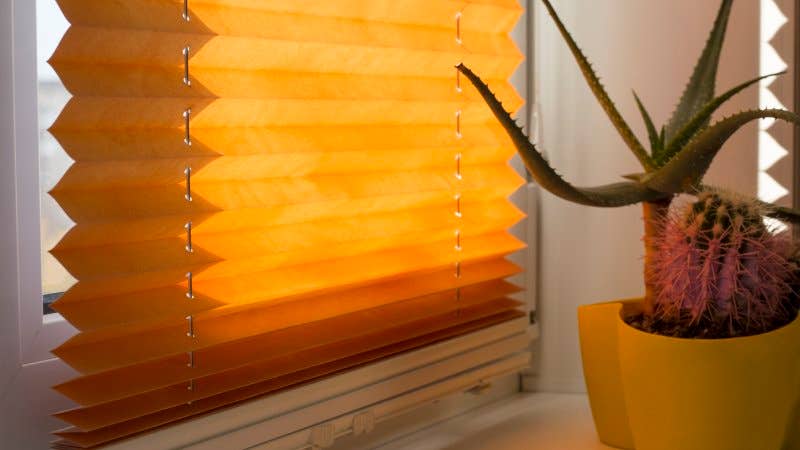
These blinds resemble pleated shades. But they are actually made from multiple layers of insulated material, with an open-air pocket between them. This honeycomb construction traps air, helping to block heat. Some cellular shades are also treated to be solar. Prices range from $50-$125 for premade options and $100-$325 for custom ones.
Shoji blinds

Shoji blinds contain rice paper that blocks the sun’s rays while emitting light. These delicate shades are popular in Japan, the land of their birth. They’re also affordable, with premade units costing $35 to $60 per window and custom running $100 to $300.
Aluminum blinds
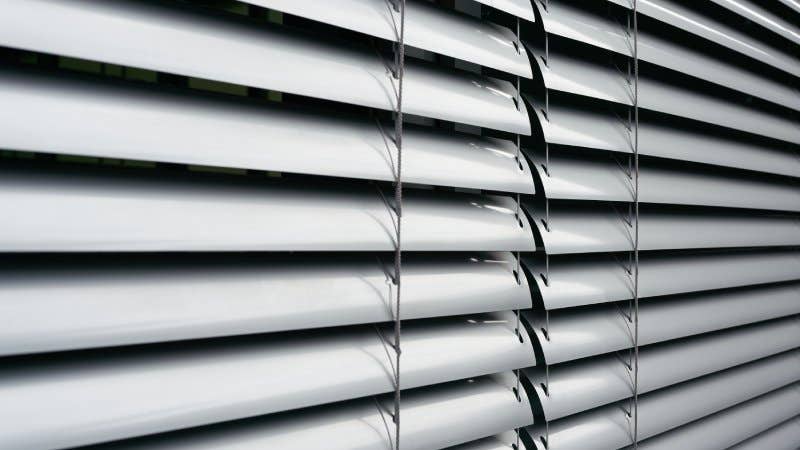
These blinds are a modern, on-trend choice. Because they are offered in a wide range of colors, these blinds can dodge dust, stains, and scratches while providing maximum light control and dependability, says Weinstock. “They can also be a great option for unique window shapes and skylights,” he adds. Aluminum binds run $25-$75 for premade, $50-125 when custom.
Shades vs blinds
When it comes to window shades versus blinds, there’s a lot of overlap. Both are window treatments that can be raised or lowered. Shades are made (usually) from a solid piece of material (usually fabric) that rolls up and down. Blinds (usually) are made from individual rows of slats that can also tilt up or down. Blinds are called “hard window treatments” because the materials used are often durable, like metal or wood, and shades are considered “soft window treatments” because they are often made of fabric or mesh.
But often the terms are used synonymously. For example, a window treatment made out of fabric that gradually folds up in a concertina style as it’s opened is often referred to as Roman blinds, even though it’s technically a shade.
Window shades may cost anywhere from an $8 roller in a cheap fabric to a high-end and expensive custom piece. If you are shopping for window treatments, you may find more options in terms of color and materials than blinds. Blinds cost, on average, around $700 to purchase and install, whereas you could end up paying nearly double ($1,600) for shades. Mini-slatted blinds are often a more affordable route for those on a budget, costing $6 to $8 per blind and are easy to put together without professional assistance.
When to replace your blinds
Like anything in your home, blinds can show wear and tear over time. It is usually time to replace your blinds when they no longer filter light out well, cords become tangled, or slats break apart. Sometimes blinds get warped or become hard to open and close — both signs of age. Overall, on average, most blinds need replacing every seven to eight years, similar to other window treatments.
A professional installer often includes removal and disposal of the old blinds as part of their service; if they don’t, the usual charge is $10 to $30 per window.
Bottom line on installing blinds
Window blinds are functional parts of home decor that provide privacy and help regulate the temperature in your home. No longer limited to vinyl or wood, the materials for blinds have expanded over the decades to include motorized, cellular and even solar options that can help keep your room cool so your air conditioning doesn’t have to work overtime in the warmer months.
When shopping for blinds, consider all aspects that can impact prices, including materials, size, installation, functionality and number of rooms. By considering all these factors, you can come up with a realistic depiction of how much money you will need to spend on these window treatments.
Changing out your blinds can also be a way to update a room or your entire home. “A change in window treatments can also accentuate existing décor — for example, replacing the vinyl blinds in your living room with a new set of cordless, wood blinds can take your current home interior to the next level,” says Weinstock. “Window treatments can be a very cost-effective way to give any room a whole new look.”
You may also like

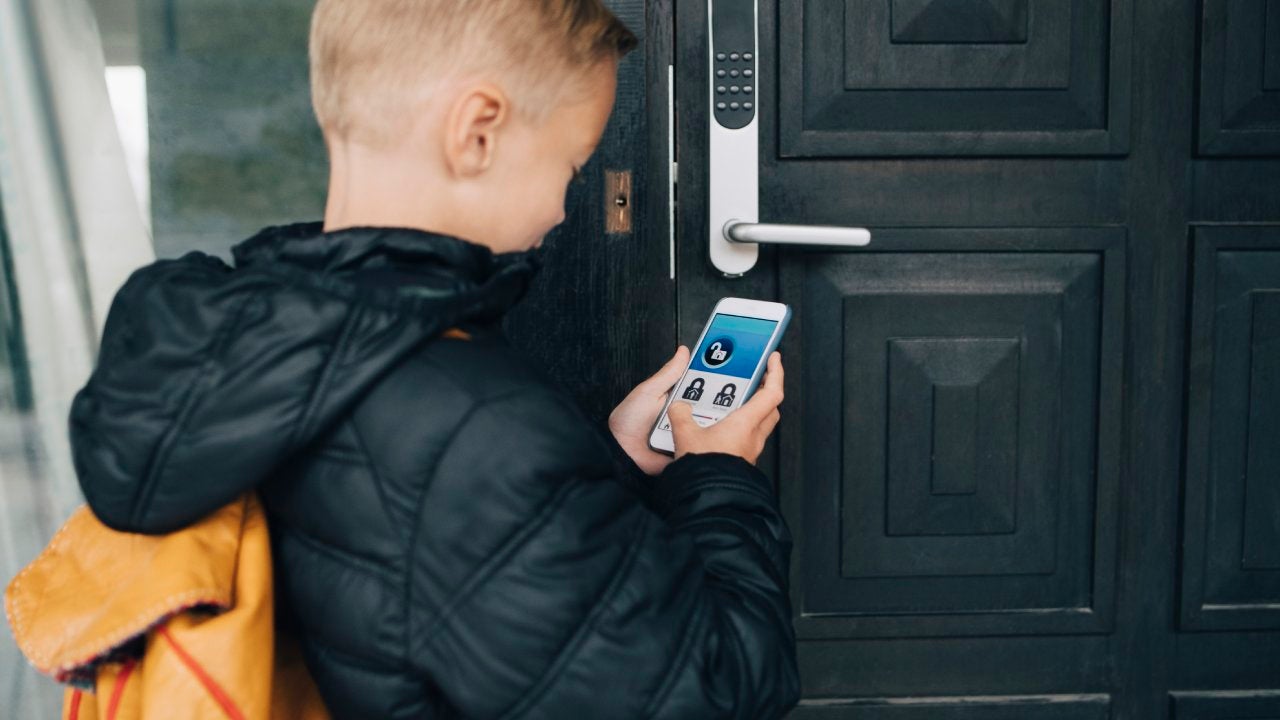
How much does a home security system cost?
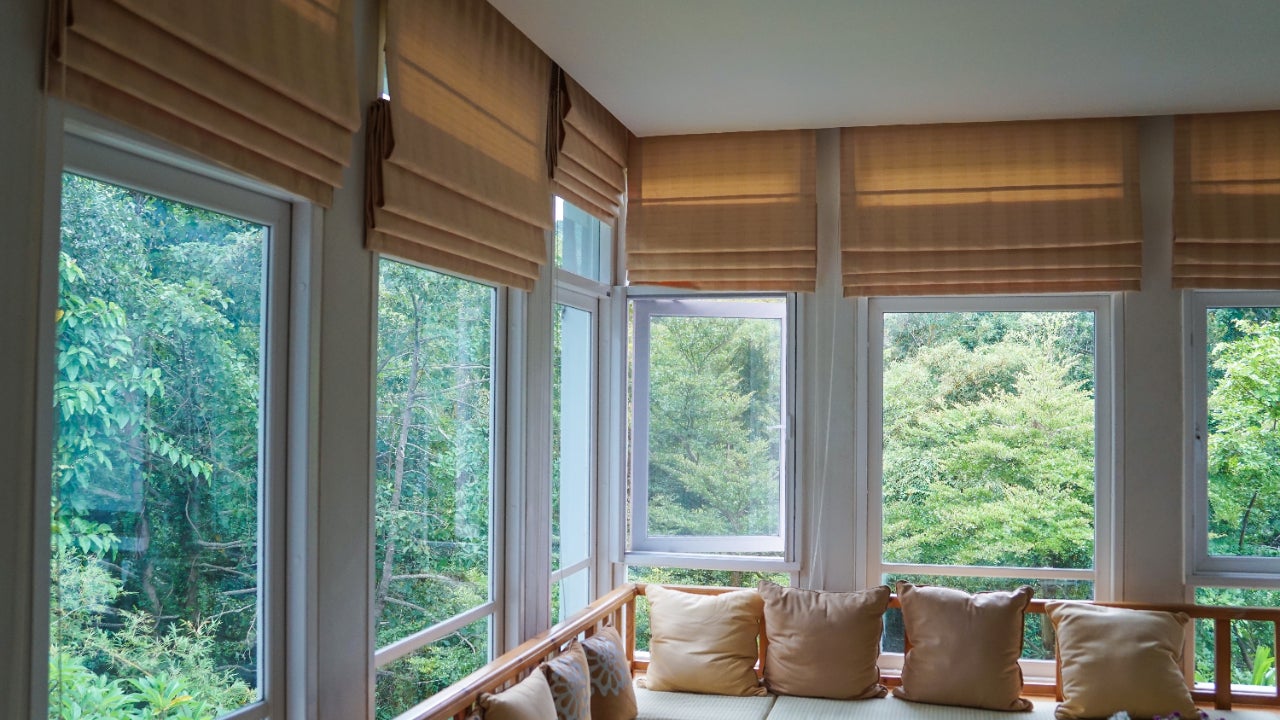
How much do new window shades cost?



